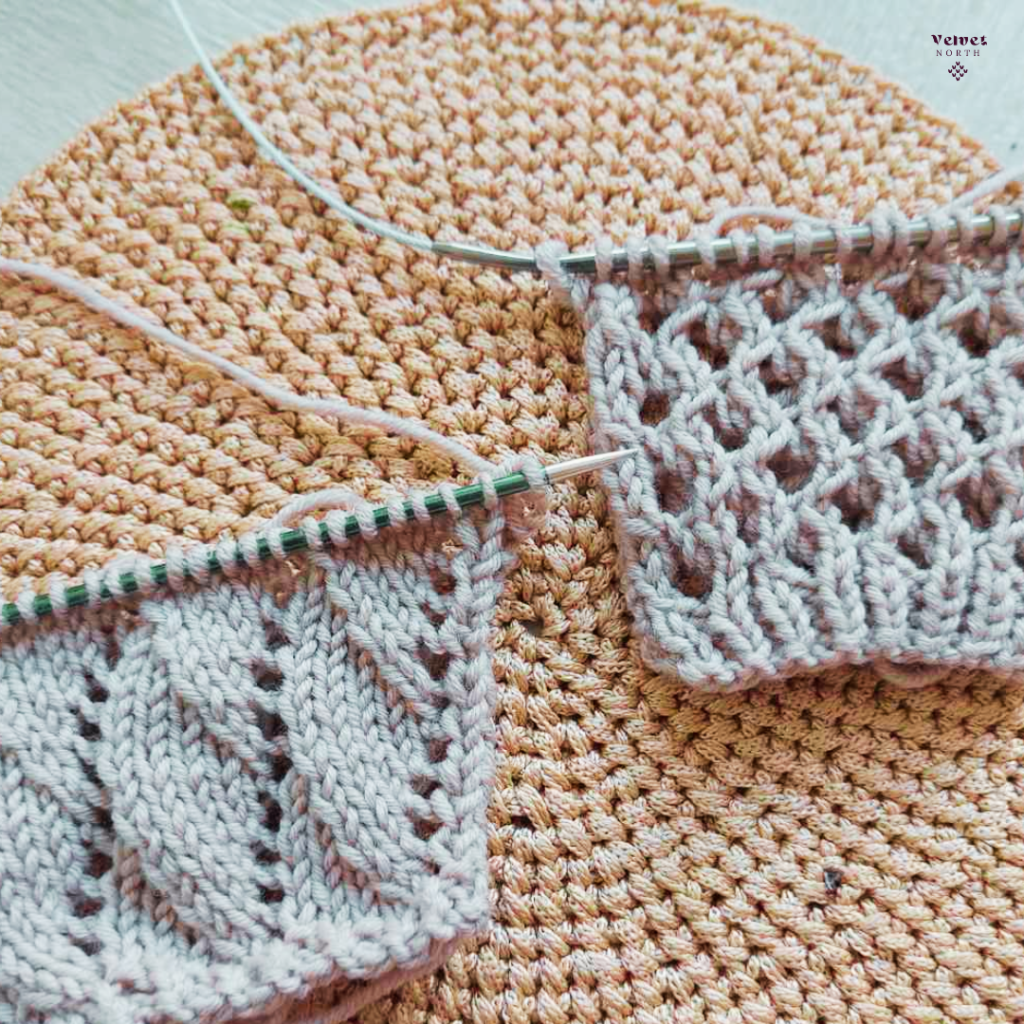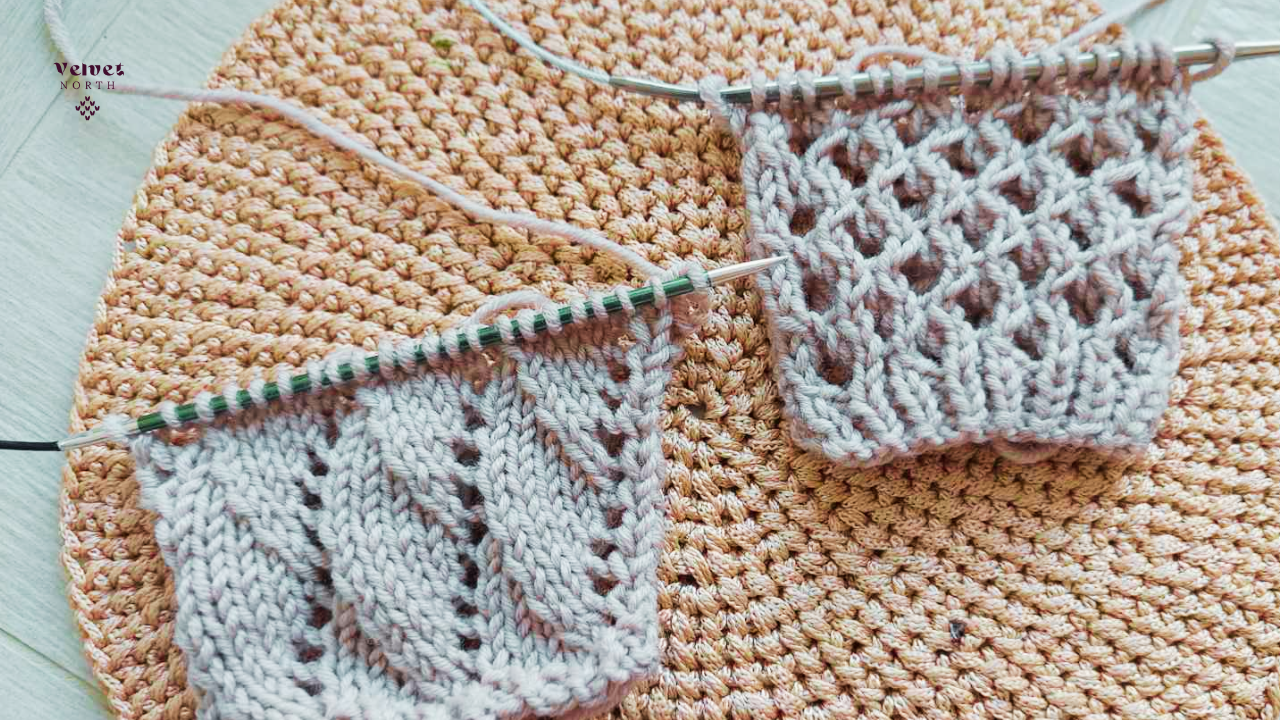- June 3, 2023
- Velvet North
- 0 Comments
- Everything Knitting
Designing a new sweater is an exciting process, but choosing the perfect stitch can be a daunting task. After experimenting with both the overlapping waves and mesh stitch, I ultimately decided on overlapping waves for my latest creation. Here are a few reasons why:
1. Textural Interest: The overlapping waves stitch creates an eye-catching texture that adds depth and dimension to the sweater. Unlike the mesh stitch, which can appear flat and uniform, the overlapping waves stitch adds visual interest and draws the eye.
2. Warmth and Comfort: As the weather cools down, it’s important to have a warm and cozy sweater to snuggle up in. The overlapping waves stitch creates a dense fabric that offers both warmth and comfort. The mesh stitch, on the other hand, can be more open and airy, making it less suitable for colder weather.
3. Versatility: The overlapping waves stitch is a versatile stitch that can be used in a variety of different designs and styles. Whether you’re looking for a classic or contemporary look, the overlapping waves stitch can be adapted to suit your needs. The mesh stitch, on the other hand, is more limited in its application and may not be suitable for all sweater designs.
4. Durability: The overlapping waves stitch creates a sturdy fabric that is less likely to stretch or sag over time. This means that my sweater will maintain its shape and structure for years to come. The mesh stitch, on the other hand, can be more prone to stretching and may require more frequent maintenance.
In conclusion, while both the overlapping waves and mesh stitch have their unique advantages, I ultimately chose the overlapping waves stitch for my new sweater design due to its textural interest, warmth and comfort, versatility, and durability. I can’t wait to see the final product and share it with the world!



